 Asset Publisher
Asset Publisher
The State Forests National Forest Holding
The State Forests National Forest Holding is the largest organisation in the European Union managing forests, which belong to the State Treasury and celebrating its 90 anniversary this year.
Presently, we manage the area of one third of Poland's territory. Not long after the end of the Second World War, there was only 21 % of the area. Every year we plant 500 million of new trees, as we want Polish forests grow all the time.
Every year Polish foresters plant 500 million of trees.
85 % of nature reserves in Poland are located within the State Forests. 40 % of the forests managed by General Directorate of the State Forests are protected within the framework of European network Natura 2000. We fight against many threats: natural disasters, plaques of insects, trees' diseases, fires, pollutions, as well as poaching and vandalism.
We take care the forestry supplying the market with timber, as ecological and universal material, to be carried on in accordance with rules of balanced development (photography P.Fabjański).
One of our major tasks is making forests accessible to the society. We invite you to take advantage of these beautifully located within the forest wilderness holiday resorts, forester's lodges or guest rooms. That is for you, we create thousand kilometres of hiking trails, cycling paths or camping sites. All the above mentioned, you can find in service www.czaswlas.pl.
We also take care the forestry supplying the market with timber, as ecological and universal material, to be carried on in accordance with rules of balanced development. We obtain over 30 million of cubic meters of wood annually, twice as much as at the beginning of the nineties of the XX century.
Despite of this, the average of wood abundance per hectare of our forests is one fourth bigger than 20 years ago and 40% bigger than the average of European Union currently amounts.
In Poland in sectors connected with the forestry, there work about 375 thousand of people. It means that each 40 working Pole works in the forest.
In Poland in sectors connected with the forestry, there work about 375 thousand of people. It means that each 40 working Pole works in the forest. The sector of wood processing works out approximately 8 % of our GDP (Gross Domestic Product). Among others, thanks to the timber from the State Forests Poland is the 10 largest producer of furniture in the world, and the 4 largest furniture exporter.
The State Forests employ 25 thousand people. That way we are the 9 biggest employer in Poland. Among the largest companies in our country it takes 22 place in respect of its incomes and 11 place in respect of its profits. The value of assets, we manage, reaches 300 million zl. If we add social values, it will be worth one billion zlotych. We do not use money from the budget, but we earn money on our own to support the business. In spite of the financial crisis, since 2002, we continuously note down profits. Moreover, we pay taxes amounting 1,3 billion zl annually.
87 % of Poles think, the foresters are competent. We willingly share our knowledge of Polish forests, of their history and of nature values with the others. We publish books, periodicals, brochures; we also administer the website www.lasy.gov.pl . For children, the youth and teachers, we prepared internet service "E-lynx' Lynx Forest" (www.erys.pl). Our staff has supported schools in field of nature education for years. We also organise many actions to let people broaden their knowledge about forest, nature and ecology.
 Asset Publisher
Asset Publisher
 Asset Publisher
Asset Publisher
Lasy nadleśnictwa
Lasy nadleśnictwa
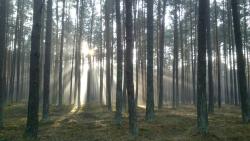 foto. Wojciech Ostapowicz
foto. Wojciech Ostapowicz
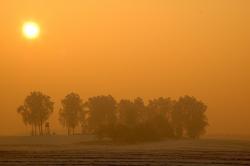 foto. Wojciech Ostapowicz
foto. Wojciech Ostapowicz
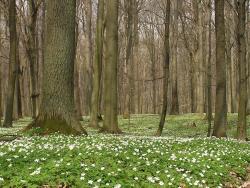 foto. Wojciech Ostapowicz
foto. Wojciech Ostapowicz
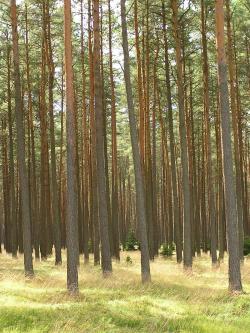 foto. Wojciech Ostapowicz
foto. Wojciech Ostapowicz
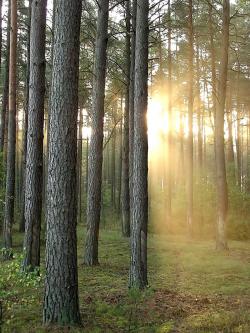 foto. Wojciech Ostapowicz
foto. Wojciech Ostapowicz
 foto. Wojciech Ostapowicz
foto. Wojciech Ostapowicz
Nadleśnictwo Płytnica w jego dzisiejszym zasięgu terytorialnym powstało z dniem 1stycznia 1993r. z połączenia obrębu Dobrzyca z Nadleśnictwa Wałcz i obrębu Płytnica z Nadleśnictwa Jastrowie. Historia Nadleśnictwa Płytnica sięga 1945 roku, w którym obręby Dobrzyca i Płytnica, stanowiły samodzielne jednostki organizacyjne.
Z dniem 1 stycznia 1973 r. obszar ówczesnego Nadleśnictwa Płytnica, jako obręb leśny został włączony do Nadleśnictwa Jastrowie, a Nadleśnictwo Dobrzyca, jako obręb leśny do Nadleśnictwa Wałcz.
W styczniu 1993 r. ponownie odłączono obręb Płytnica z Nadleśnictwa Jastrowie oraz obręb Dobrzyca z Nadleśnictwa Wałcz i utworzono dwuobrębowe Nadleśnictwo Płytnica, które w takim kształcie funkcjonowało do końca 2013 r.
W efekcie reorganizacji i wykonania nowych prac urządzeniowych od 1 stycznia 2014 r. Nadleśnictwo Płytnica funkcjonuje, jako nadleśnictwo jednoobrębowe na powierzchni 16 728 ha.
Teren Nadleśnictwa Płytnica należy do jednego z bardziej urokliwych na Pomorzu i Wielkopolsce. Duże, prawie bezludne, kompleksy leśne sąsiadują tu z pięknymi rzekami i ich głęboko wciętymi dolinami oraz dzikimi jeziorami.
Dużą atrakcją są występujące miejsca tak zwanej „ciszy cywilizacyjnej" gdzie poza szumem drzew, śpiewem ptaków i pluskiem wody nie docierają inne dźwięki.
Na terenie Nadleśnictwa występuje wiele ciekawych, atrakcyjnych i inspirujących miejsc, które powinny zainteresować zarówno przyrodników, turystów, leśników jak i wszystkich, którym sprawy otaczającej nas przyrody są bliskie.
Należą do nich: rezerwaty, pomniki przyrody oraz rośliny i zwierzęta, podlegające ochronie gatunkowej.
Zagospodarowanie turystyczne na terenie Nadleśnictwa Płytnica, jako priorytetowe uwzględnia sprawy związane z ochroną przyrody.
Potrzeba odpowiedniego organizowania ruchu turystycznego, wynika głównie z uzależnienia go od istniejących form ochrony przyrody.
Funkcjonujące rezerwaty przyrody w obszarze doliny rzeki Rurzycy, stanowią przepiękną i unikatową wizytówkę naszego terenu, która przyciąga rzesze turystów. Zainteresowanie w tym zakresie jest z roku na rok coraz większe, tym bardziej, że nasze lasy są „zagłębiem runa leśnego".
Corocznie odwiedzają nas tysiące grzybiarzy i zbieraczy jagód z całej Polski.
Działalność edukacyjną, w mniej lub bardziej zinstytucjonalizowanej formie, nadleśnictwo prowadzi od początku swojego powstania.
Przez pierwsze lata odbywało się to w formie pojedynczych spotkań czy pogadanek, prowadzonych w szkołach przez pracowników służby leśnej.
Od 1998r. Nadleśnictwo prowadzi spotkania w utworzonym przy siedzibie nadleśnictwa w Nowej Szwecji punkcie edukacyjnym, który wyposażony jest w tablice informacyjno-edukacyjne, miejsce z ławami do siedzenia, wiatę oraz miejscem na ognisko.


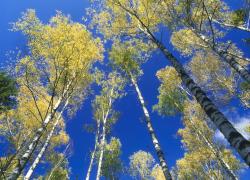 fot. Paweł Fabijański
fot. Paweł Fabijański
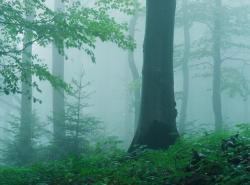 fot. Paweł Fabijański
fot. Paweł Fabijański
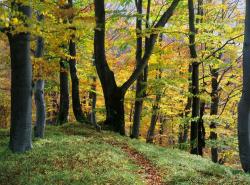 fot. Paweł Fabijański
fot. Paweł Fabijański





